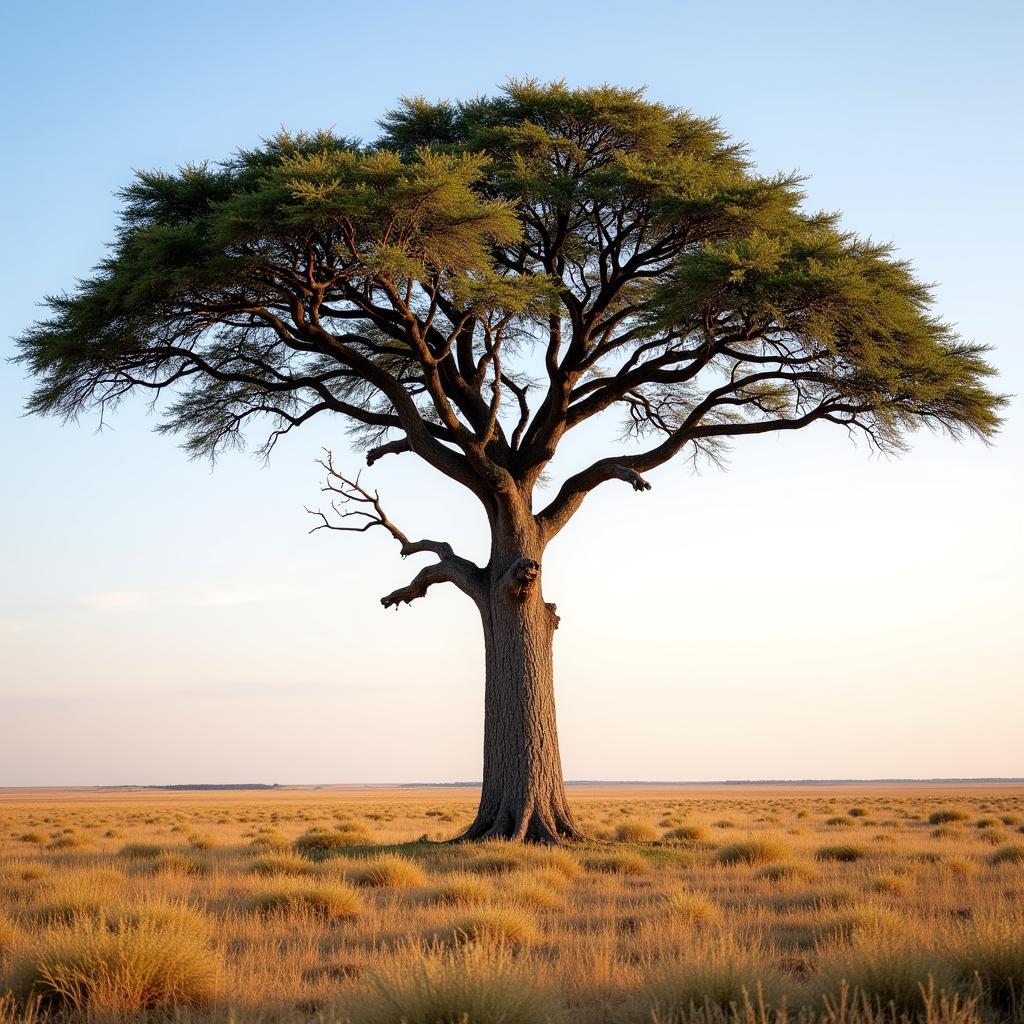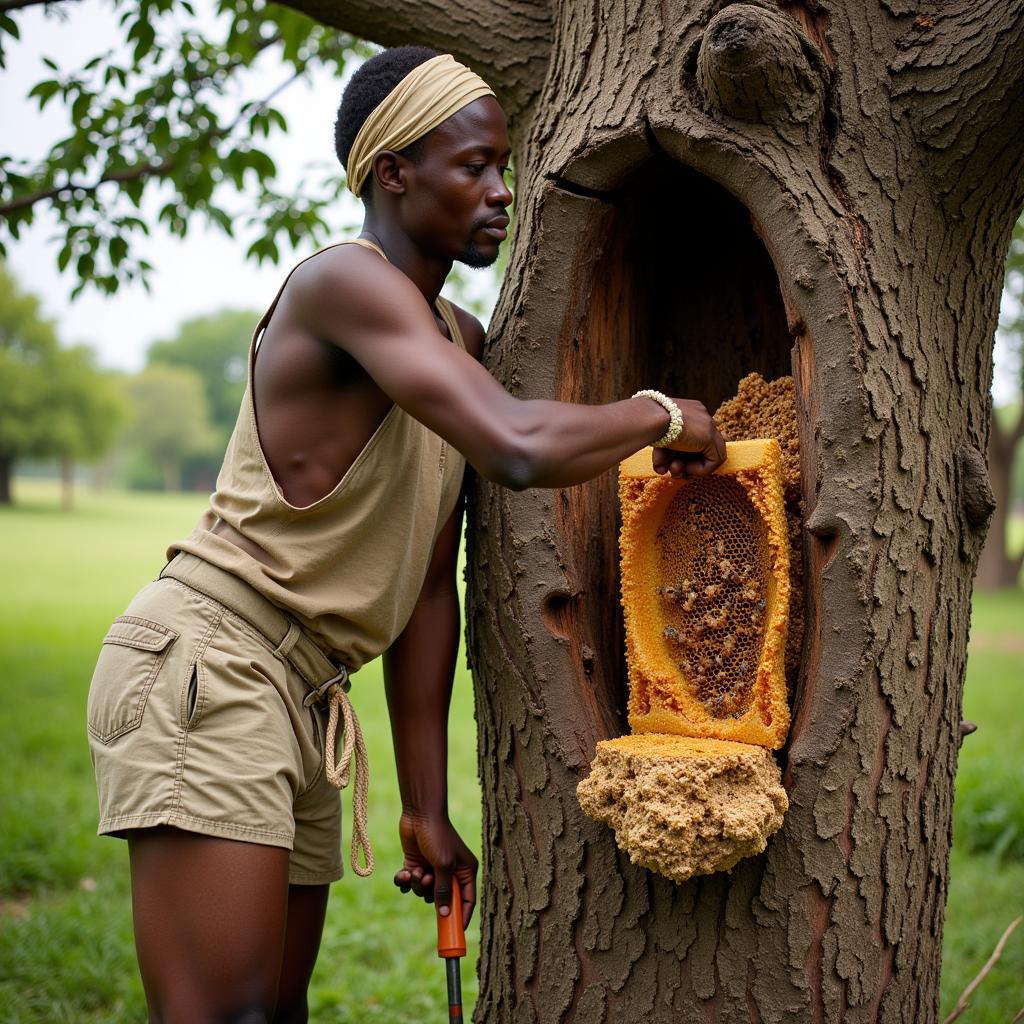Exploring the Vibrant World of African American Street Artists
African American Street Artists have significantly shaped the urban landscape, using public spaces as canvases to express their creativity, cultural identity, and social commentary. From intricate murals to powerful graffiti, their art reflects a rich tapestry of experiences, struggles, and triumphs. This exploration delves into the captivating world of these talented artists, examining their influence, styles, and the impact they have on communities.
Street art, often born from the heart of urban communities, provides a powerful platform for African American artists to share their perspectives and experiences. This medium offers an accessible way for artists to engage directly with the public, fostering dialogue and challenging conventional artistic norms. After the Civil Rights Movement, a resurgence of Black pride and cultural awareness fueled artistic expression in various forms, including street art. This art form became a means to reclaim public spaces, assert identity, and challenge systemic inequalities. Let’s delve deeper into the rich history and vibrant expressions of African American street art.
The Rise of African American Street Art: A Cultural Narrative
African American street art isn’t merely visual; it’s a narrative woven into the fabric of American history and culture. Early forms of street art, such as graffiti and tagging, emerged as a voice for marginalized communities, providing a canvas for expressions of identity and resistance. Over time, these expressions evolved, incorporating vibrant colors, intricate designs, and powerful imagery that reflected the unique experiences of African American communities.
The influence of African attire patterns can sometimes be seen in the intricate designs and motifs used by some street artists, showcasing a connection to their heritage.
Key Figures in African American Street Art
Several artists have made indelible marks on the landscape of African American street art. These individuals, through their unique styles and powerful messages, have captivated audiences and inspired a new generation of artists. Their work often serves as a visual chronicle of social and political change, reflecting the struggles and triumphs of their communities. From iconic murals to thought-provoking graffiti, these artists have transformed public spaces into powerful statements of identity and resilience. Artists like Jean-Michel Basquiat, though not solely a street artist, significantly impacted the movement with his neo-expressionist style, challenging traditional art world boundaries. Similarly, artists like RETNA, known for his distinctive calligraphic style, continue to push the boundaries of street art, blending ancient scripts with modern aesthetics.
Styles and Techniques: From Graffiti to Murals
African American street artists employ a diverse range of styles and techniques. Graffiti, with its bold lettering and vibrant colors, remains a popular form of expression. Murals, often large-scale and intricate, offer a canvas for complex narratives and community engagement. Some artists draw inspiration from traditional African art forms, incorporating symbolic imagery and patterns. Others embrace contemporary styles, experimenting with abstract designs and mixed media.
The evolution of styles within African American street art often reflects broader cultural shifts and movements. For example, the rise of hip-hop culture in the 1980s significantly impacted street art aesthetics, introducing new forms of lettering, imagery, and social commentary. You can explore related trends in our article on African American 80s fashion. From stylized lettering to intricate portraits, each technique tells a story and reflects the artist’s unique voice. The vibrancy and diversity of these styles contribute to the rich tapestry of African American street art.
The Impact on Communities: Empowerment and Social Change
African American street art plays a vital role in community building and social change. Murals often become landmarks, beautifying neighborhoods and fostering a sense of pride. Street art projects can engage local residents, providing opportunities for artistic expression and community dialogue. By addressing social issues and celebrating cultural heritage, these artists empower communities and inspire positive change.
The African American art museum New Orleans showcases a variety of artistic expressions, highlighting the rich cultural contributions of African Americans.
What are some common themes explored by African American street artists?
Common themes include social justice, racial equality, Black history, cultural identity, and community empowerment.
Who are some influential female African American street artists?
Tatyana Fazlalizadeh, known for her “Stop Telling Women to Smile” campaign, and Lady Pink, a pioneer of graffiti art, are two notable examples.
How does African American street art differ from other forms of street art?
It often incorporates themes and imagery specific to the African American experience, reflecting historical struggles, cultural traditions, and expressions of identity.
African American street artists have profoundly impacted the art world and communities across the globe. Their powerful messages, vibrant styles, and commitment to social change continue to inspire and resonate with audiences worldwide. From reclaiming public spaces to empowering marginalized voices, these artists have transformed the urban landscape into a canvas for expression, dialogue, and social transformation. This article provides a glimpse into the vibrant world of African American street artists, exploring their impact, styles, and the enduring legacy they create. Learn more about creative expressions by checking out African book covers.
FAQ
-
What is the significance of African American street art? It provides a platform for marginalized voices, promotes social change, and celebrates cultural identity.
-
How did hip-hop influence African American street art? It introduced new forms of lettering, imagery, and social commentary, shaping the aesthetics of the movement.
-
What are some common materials used by African American street artists? Spray paint, stencils, brushes, acrylics, and found objects are frequently used.
-
Where can I see examples of African American street art? Many cities have designated areas for street art, and online galleries showcase the work of various artists.
-
How can I support African American street artists? Attend exhibitions, purchase prints or merchandise, and share their work online to help promote their talent.
-
What is the role of street art in community development? Street art can beautify neighborhoods, foster a sense of community pride, and provide opportunities for artistic expression and dialogue.
-
How has African American street art evolved over time? It has moved beyond simple tagging and graffiti to encompass murals, installations, and other forms of public art, often incorporating sophisticated techniques and social commentary.
Do you have any other questions about African American street artists that we haven’t covered? Here are some other topics you might be interested in exploring: the intersection of street art and music, the commercialization of street art, and the role of street art in education.
When you need assistance, please contact us via Phone: +255768904061, Email: kaka.mag@gmail.com Or visit us at: Mbarali DC Mawindi, Kangaga, Tanzania. We have a 24/7 customer support team.



